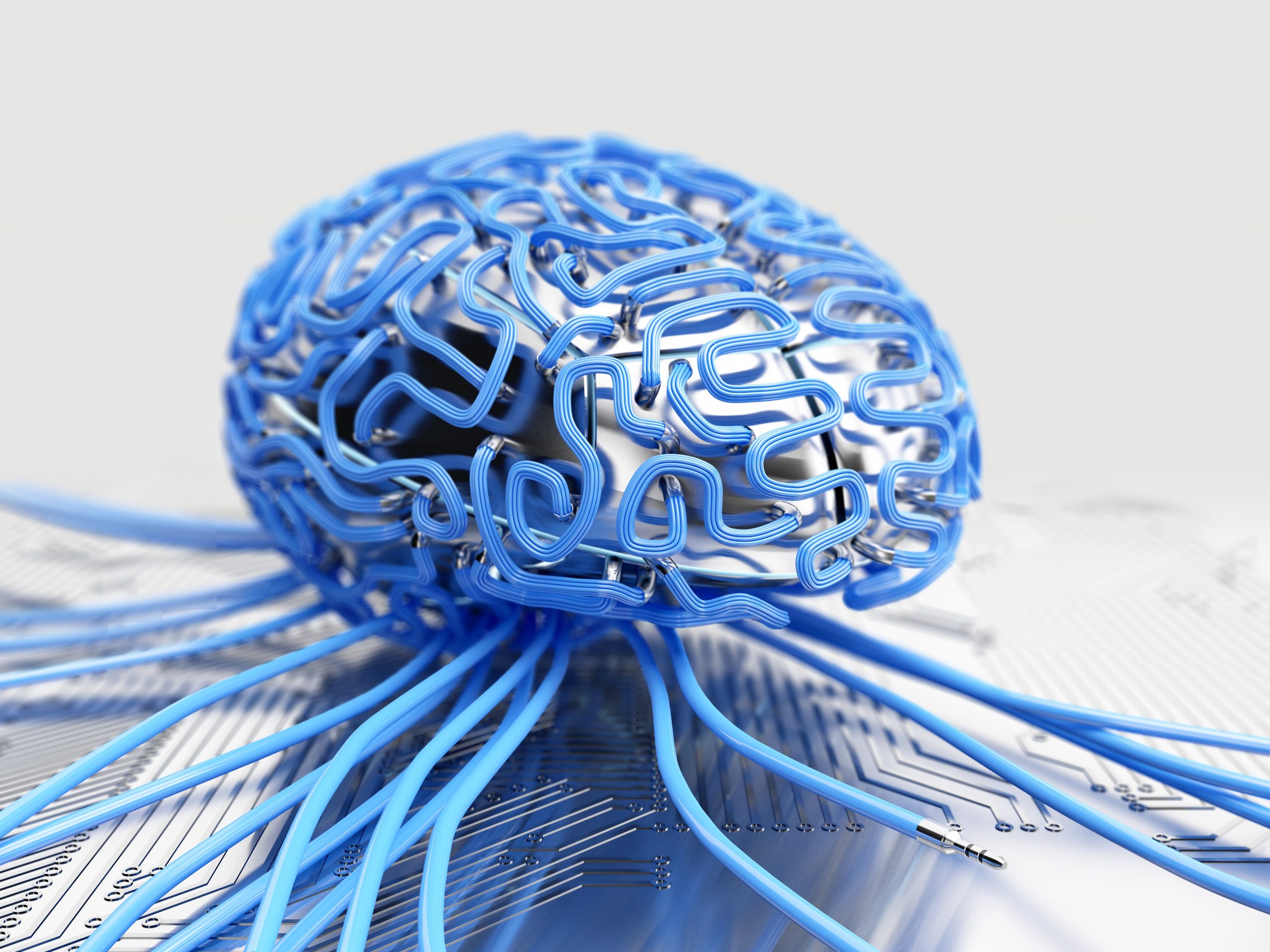Entrepreneur and billionaire engineer Elon Musk said direct testing of an implant that can be implanted into the human brain could begin next year. The experience may seem daunting on first reading, but it serves an important medical purpose: People with immobile spinal cord injuries can have a chance at a better life.
a Neuralink The technology was originally supposed to be tested on humans for the first time in 2020, but experiments can be achieved. However, it has been tried and proven in monkeys: primates could only control a video game with their thoughts.
Neuralink works well with monkeys, and we do a lot of testing, so we can say that the technology is very safe and reliable, and we can remove the device without any problems.” Musk quotes from a previous interview with interested in trade.
The contractor believes the FDA will soon approve the launch of human clinical trials.
What exactly is Neuralink?
The chip works by placing special thin electrodes in the area that control voluntary movements of the brain that precisely follow the movements of brain tissue, which are connected to a unit called the linker. The latter processes, amplifies and transmits nerve signals. The link can connect wirelessly and give instructions to external devices (such as phones and computers), but charging the device is also easy without cables.
The action will actually create an interface between the brain and the machine.

The Neuralink is a very delicate structure, so it will not be implanted into the brain via a conventional surgical procedure, but by robots specifically designed for this purpose.

While Neuralink will undoubtedly receive the most advertising, it is not the only structure in development of its kind. last April A company called BrainGate has tested a similar device on a stable volunteer.
The patient was manipulating a remote computer through his brain waves, and the result was very promising by the profession.
However, one of the major innovations of both BrainGate and Neuralink is that the level of interference is kept to a minimum, as these wireless solutions prevent the installation of “too many cables” in the brain with complex (and thus dangerous) procedures.












































